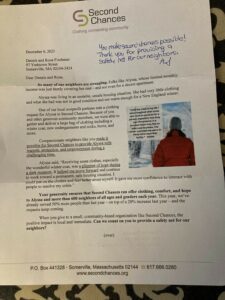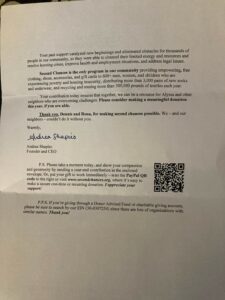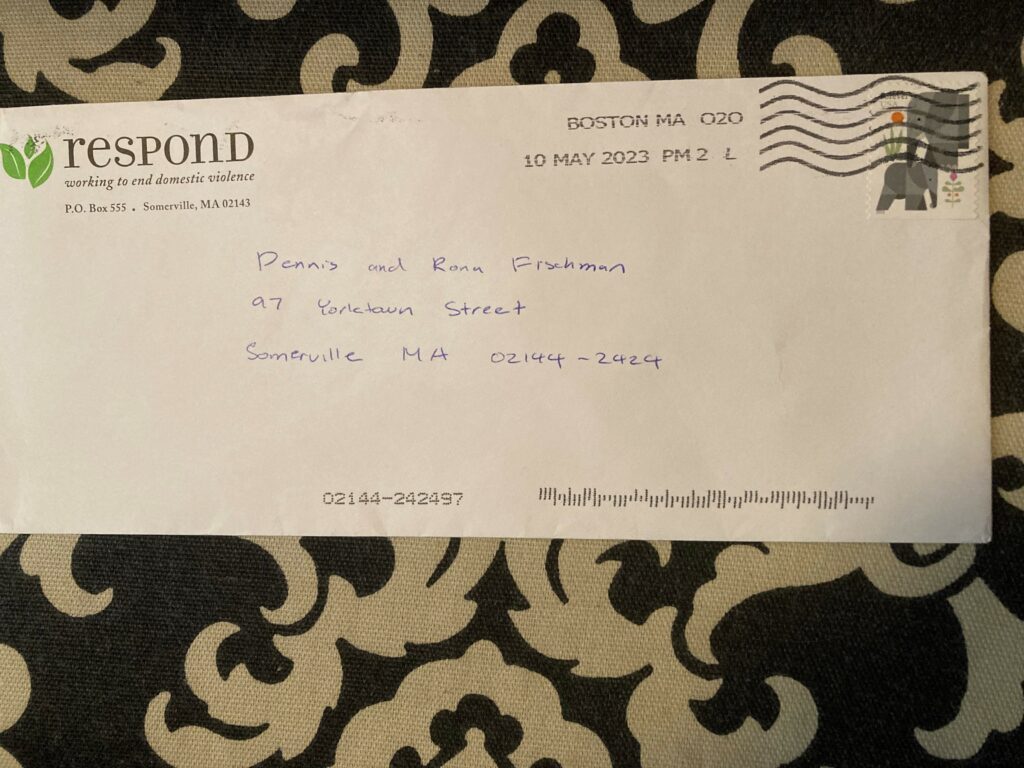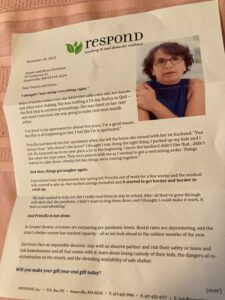The appeal letter could be called ugly. It had none of the designer elements you see in so many pieces of direct mail. No photos, no color. Four sides of black-and white text.
The reply vehicle was crowded with information, with hardly any blank space to rest the eyes.
But the story it told was uglier:
A joint investigation by the Department of Labor, Homeland Security, the State Department, the FBI, and other federal agencies has uncovered what they called “modern-day slavery” in several southern U.S. states.
I don’t have any data, but I’m willing to bet this appeal last year from the United Farm Workers raised a ton of money. Why? The UFW:
- Knows its audience. I’m from a generation that tends to read more and skim less, especially when outraged. I’m also a longtime supporter of the organization. They can count on my attention.
- Uses an attention-grabbing first sentence. “Don’t let the cutesy name, Operation Blooming Onion, fool you.” Nobody wants to be fooled, right? I had to read on to find out what the pretty name was hiding.
- Deploys bold type and italics for emphasis. It may be all text, but it’s not the dreaded wall of text. If I read only the bold type, I would get the gist!
- Asks for money both at the beginning of the letter and at the end.
- Takes advantage of the postscript to stress the urgency of the appeal.
Above all, that ugly phrase “modern-day slavery” shows up again and again in the body of the letter, and the reply vehicle echoes it. It’s headed MY GIFT TO END AGRICULTURAL SLAVERY!
Not to help meet the UFW’s fiscal-year goals. Who cares about that? Not to “make a difference” (although that bland phrase does appear once in the whole letter).
The appeal letter focused on the ugly reality of agribusiness employing foreign workers as field slaves. That’s what the readers are going to hate. That’s what we will donate to end.
Can you follow the UFW’s example? Think: What’s the ugly reality that your nonprofit can ask your donors to erase?




